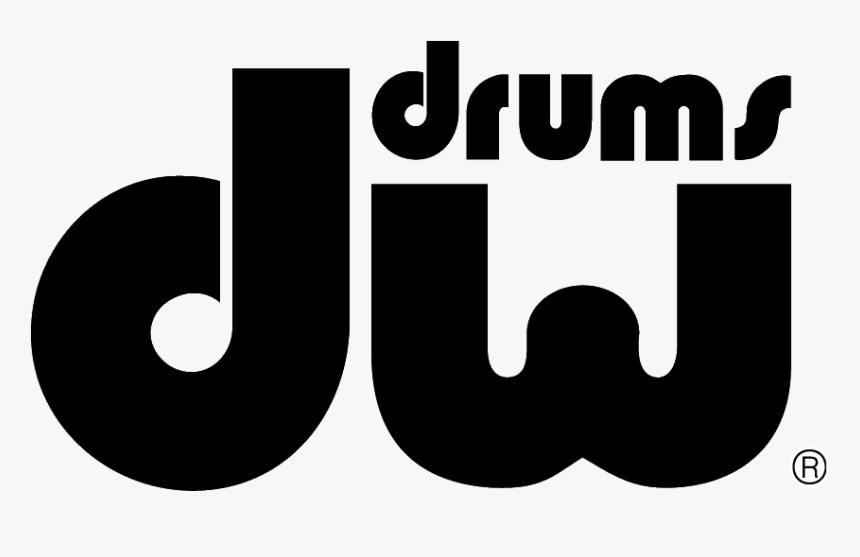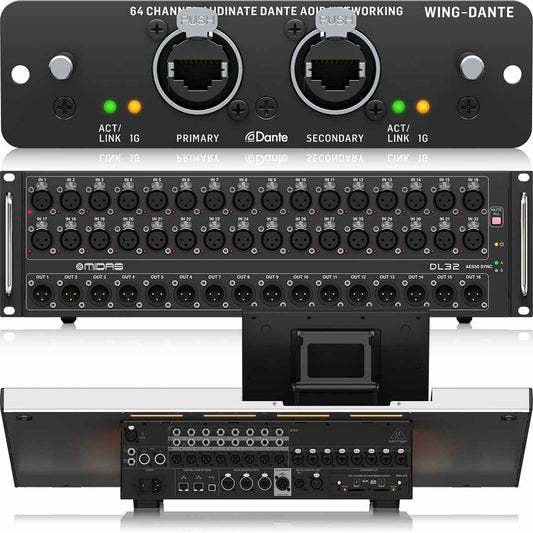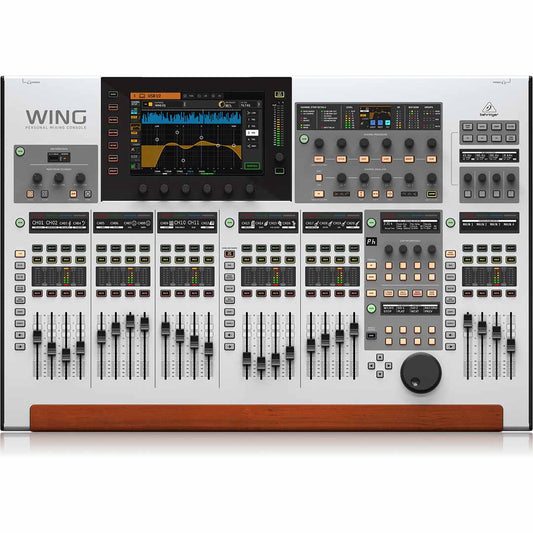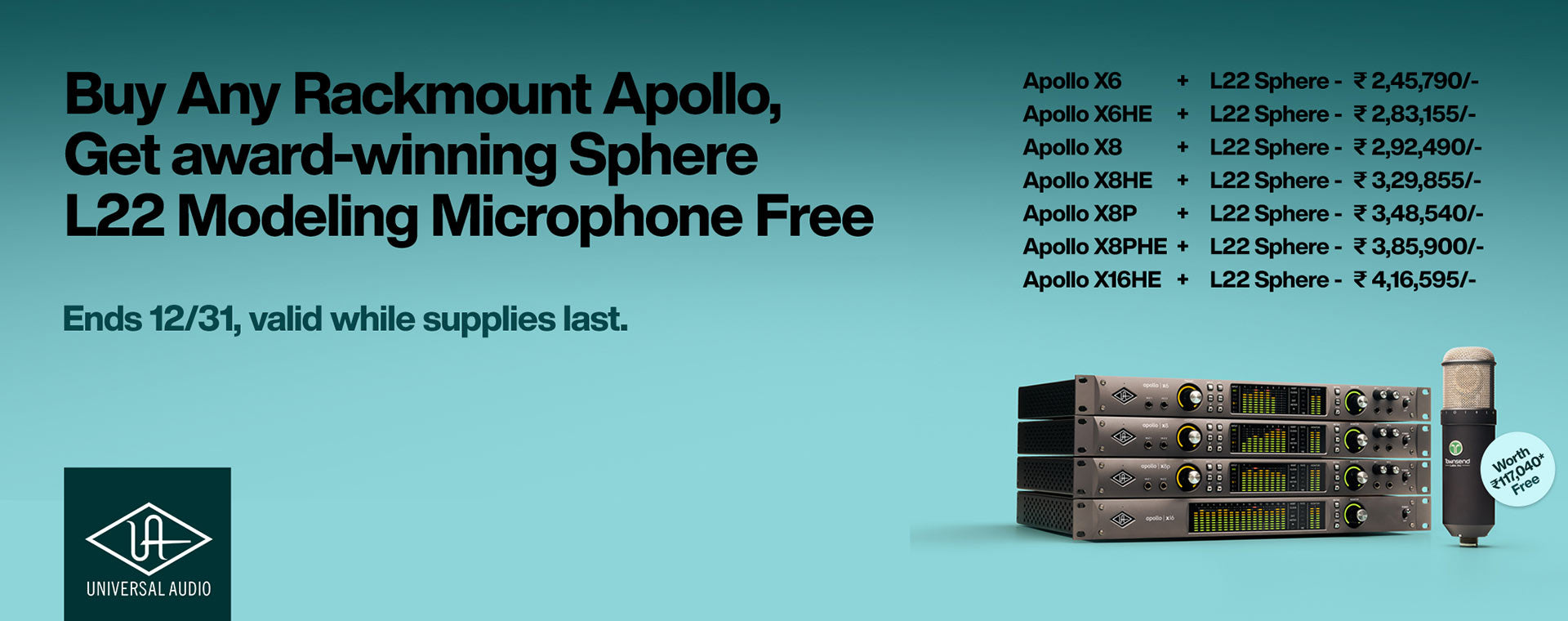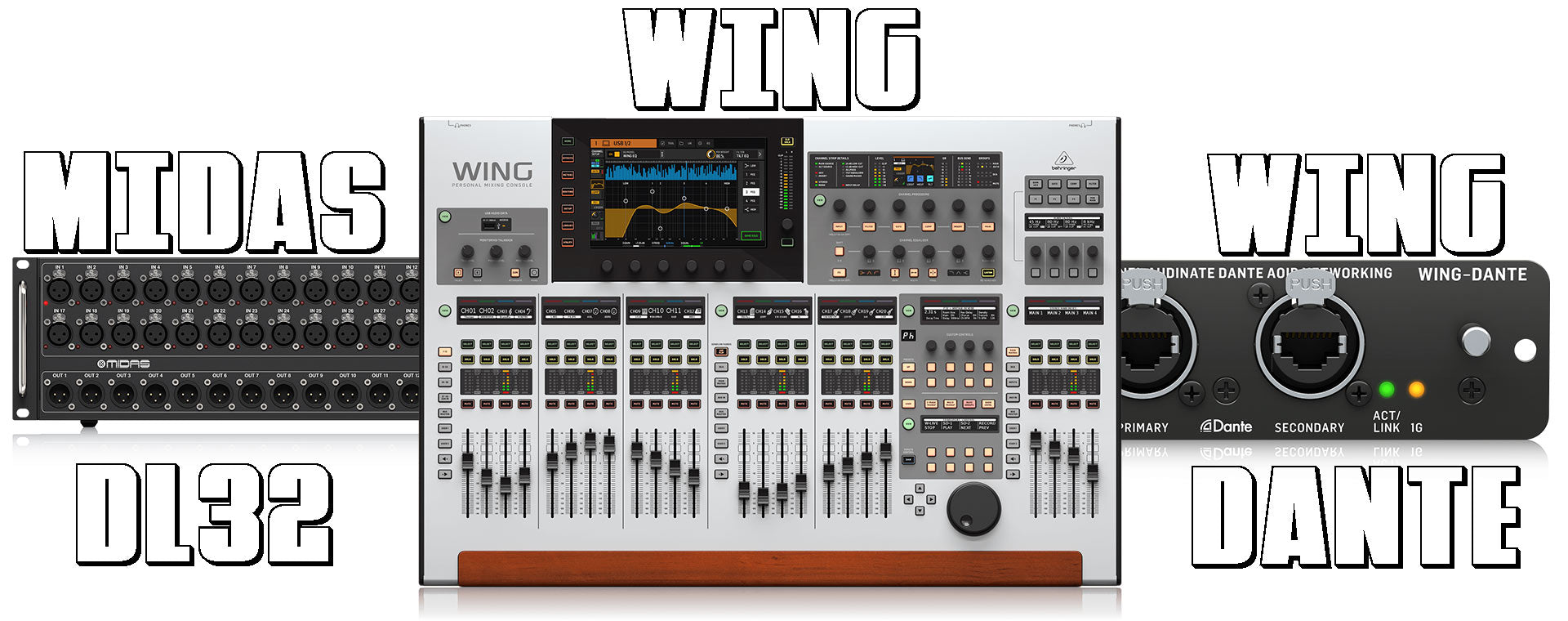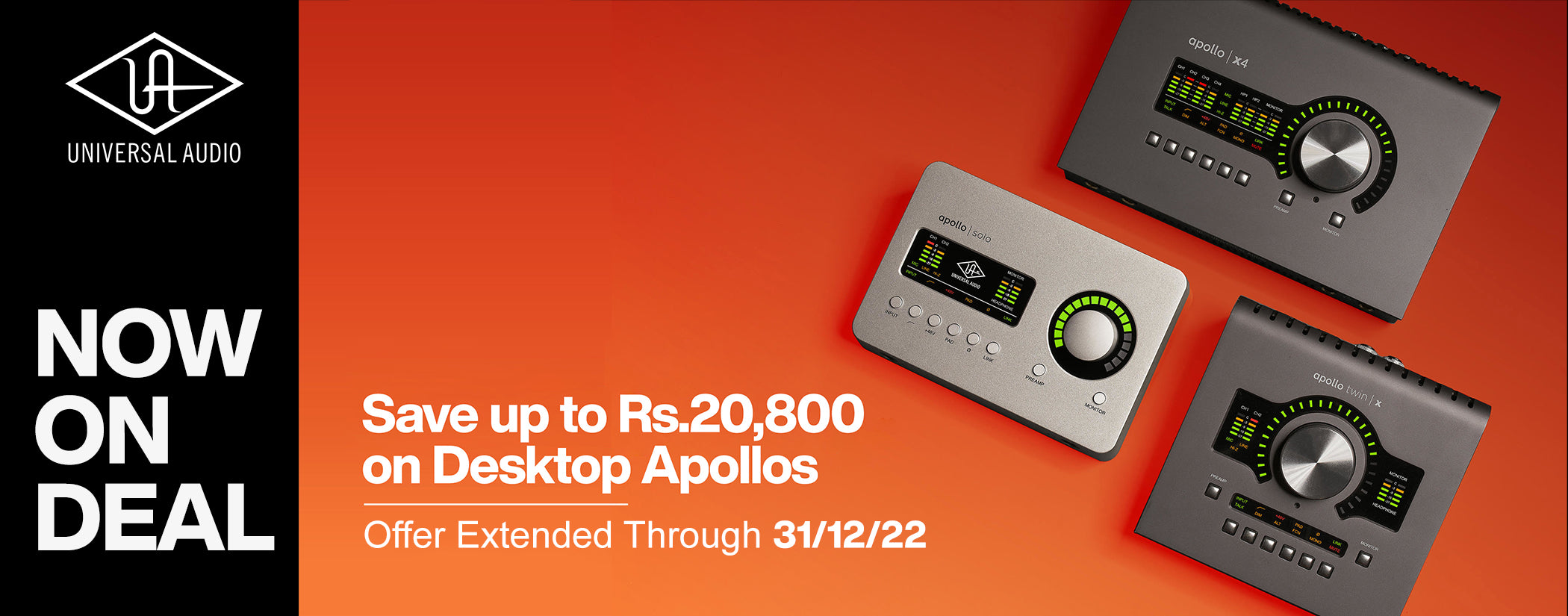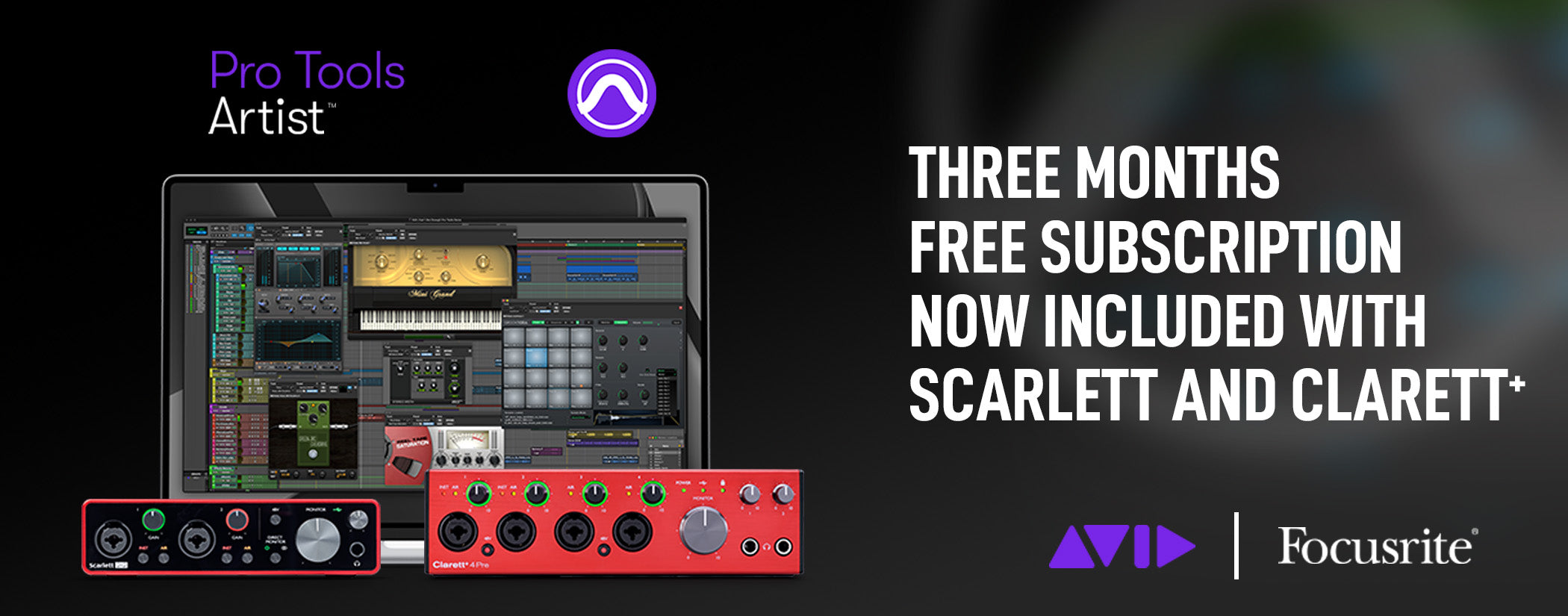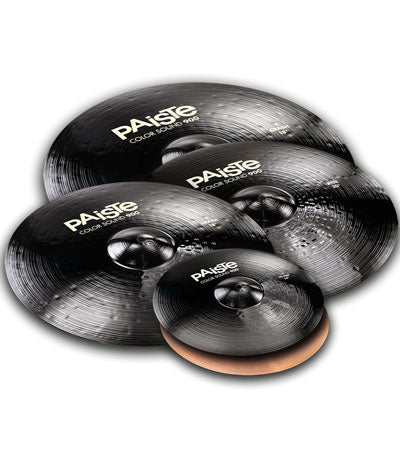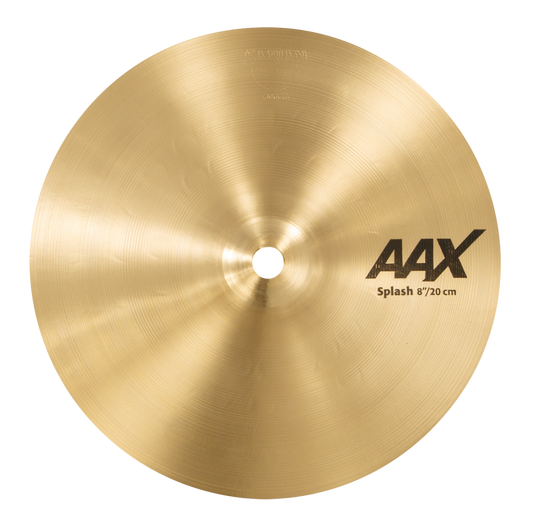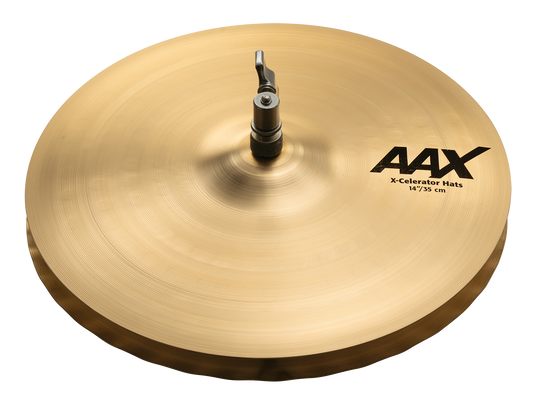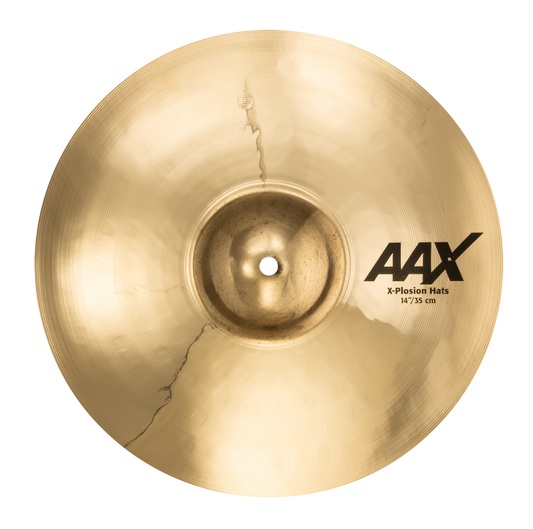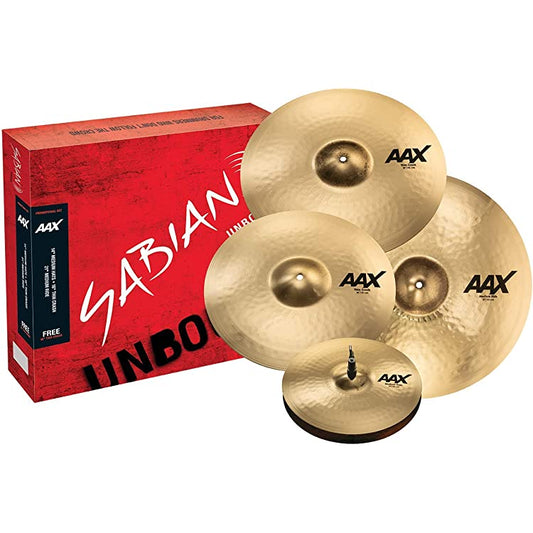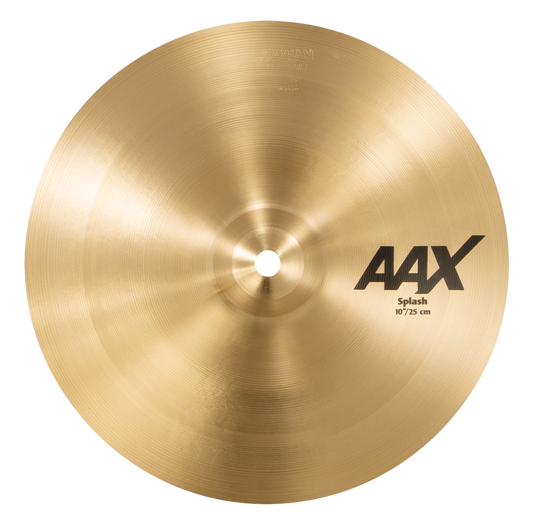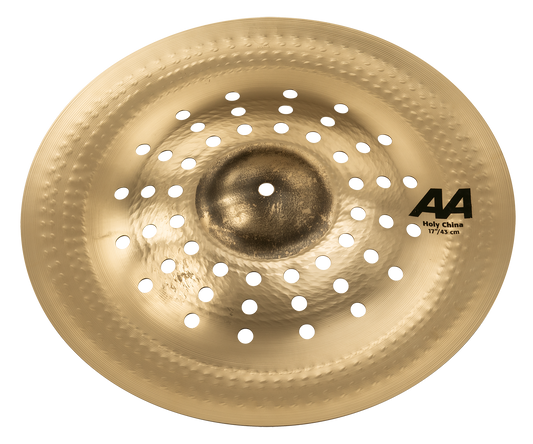-
Behringer WING With WING-DANTE Expansion Card And Midas DL32 32Channel Stage Box
Regular price Rs. 790,536.00Regular priceUnit price perRs. 1,095,000.00Sale price Rs. 790,536.00Sale

FOCAL PRO
DISCOVER THE PROFESSIONAL AUDIO FOCAL PRODUCTS
This is the Focal Professional philosophy. These professional monitors are conveived right from the first stages of R&D to reporduce the sound signal without distorsion.

ZILDJIAN CYMBALS
Blending old world concepts and new world techniques,Zildjianhas evolved with both music and technology, continuing to innovate the process of cymbal...
Featured collection
-
Paiste 000190MXTE CS 900 Series Black Cymbal Set (14/16/18/20)
Regular price Rs. 66,880.00Regular priceUnit price perRs. 70,400.00Sale price Rs. 66,880.00Sale -
Sabian 20805X AAX Series X 8" Splash Cymbal
Regular price Rs. 15,460.00Regular priceUnit price perRs. 16,274.00Sale price Rs. 15,460.00Sale -
Sabian 21402XL AAX Series 14" X-Celerator Hi Hats Cymbal
Regular price Rs. 46,926.00Regular priceUnit price perRs. 49,396.00Sale price Rs. 46,926.00Sale -
Sabian 2140287XB 14 inch AAX X-Plosion Hi-hat Cymbals - Brilliant Finish
Regular price Rs. 46,926.00Regular priceUnit price perRs. 49,396.00Sale price Rs. 46,926.00Sale -
Sabian 25005XC-PWB AAX series Praise & Worship (14HH/16C/18C/21R+10S) Cymbal Set
Regular price Rs. 122,579.00Regular priceUnit price perRs. 129,030.00Sale price Rs. 122,579.00Sale -
Sabian 21005X AAX series Splash 10" Cymbal
Regular price Rs. 19,735.00Regular priceUnit price perRs. 20,774.00Sale price Rs. 19,735.00Sale -
Sabian 25005XCPB AAX series Promotional (14HH/16C/21R+18C) Cymbal Set
Regular price Rs. 95,827.00Regular priceUnit price perRs. 100,870.00Sale price Rs. 95,827.00Sale -
Sabian 21716CSB AA series Holy China 17" Cymbal Brilliant Finish
Regular price Rs. 30,919.00Regular priceUnit price perRs. 32,546.00Sale price Rs. 30,919.00Sale
